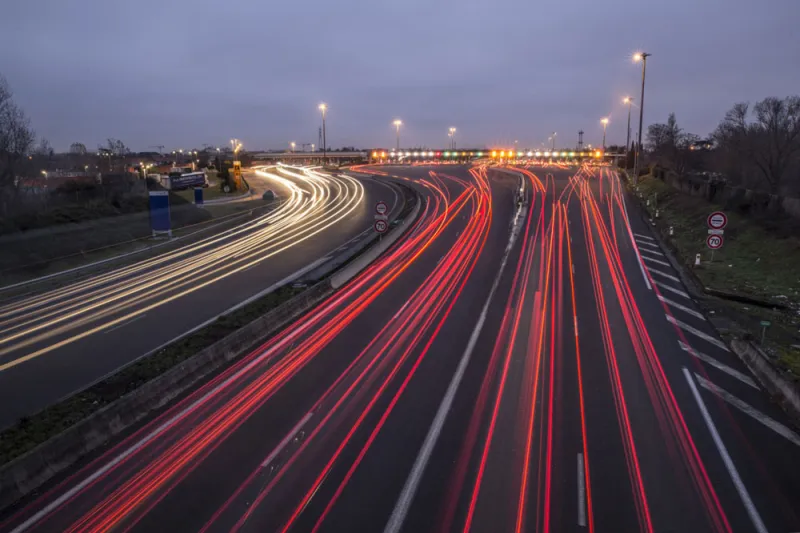Toll roads, an area of infrastructure that investors typically view as safe, are looking a bit shaky.
Traffic has dropped 40 percent to 85 percent in the Covid-19 pandemic, depending on the road type and the stringency of efforts aimed at slowing the spread of the disease, according to an S&P Global report dated June 19. “With generally high fixed costs, many toll roads will not have much flexibility to maintain operating margins as toll revenues decrease,” the credit rater said.
S&P has lowered the ratings of several toll road operators since the outbreak of Covid-19, including in the U.S., Europe, and South America, while placing others on watch, according to the report. With no good precedent, the firm said it’s hard to estimate how well the industry — historically on the the stable end of transport infrastructure — may recover from the crisis.
“The pandemic upended that stability, with global traffic and revenues tumbling around the world,” S&P said. “The coming 12 months will tell us a lot, not only about the nature of individual toll roads but also about the nature of toll roads as an asset class.”
They may need at least a year to recover globally, according to S&P.
In the U.S., the firm has lowered the ratings of Elizabeth River Crossings Opco to BBB- with a negative outlook, moving the Virginia-based operator to the brink of junk. In the same state, Toll Road Investors Partnership II’s BBB- rating was placed on “negative” watch by S&P.
[II Deep Dive: The Delayed Baseball Season Has This Corner of Finance Under Pressure]
While restrictions on economic and social activities are slowly easing in North America, traffic is recovering from “severely depressed levels,” according to the report. And the workplace is being shaped by the pandemic in a way that may not benefit toll operators.
“As more people and businesses become accustomed to working from home, this may ultimately reduce car traffic, or at least moderate traffic growth,” S&P said.
Free roads in the U.S. saw traffic drop as much as 90 percent following stay-at-home orders, with fewer miles traveled in places where the number of reported Covid-19 cases was higher, according to the report.
“More recent U.S. road data shows a pattern of traffic similar to that playing out on U.S. toll roads, but with a shallower drop during March and April, and some recovery in recent weeks as general activity has re-emerged in many U.S. states,” S&P said.







